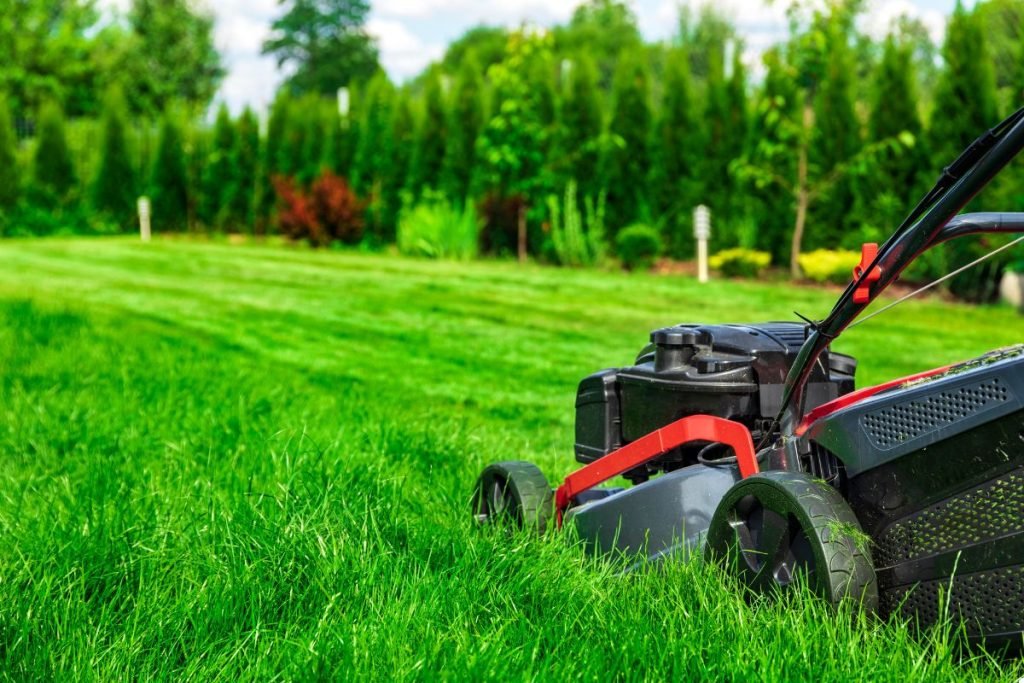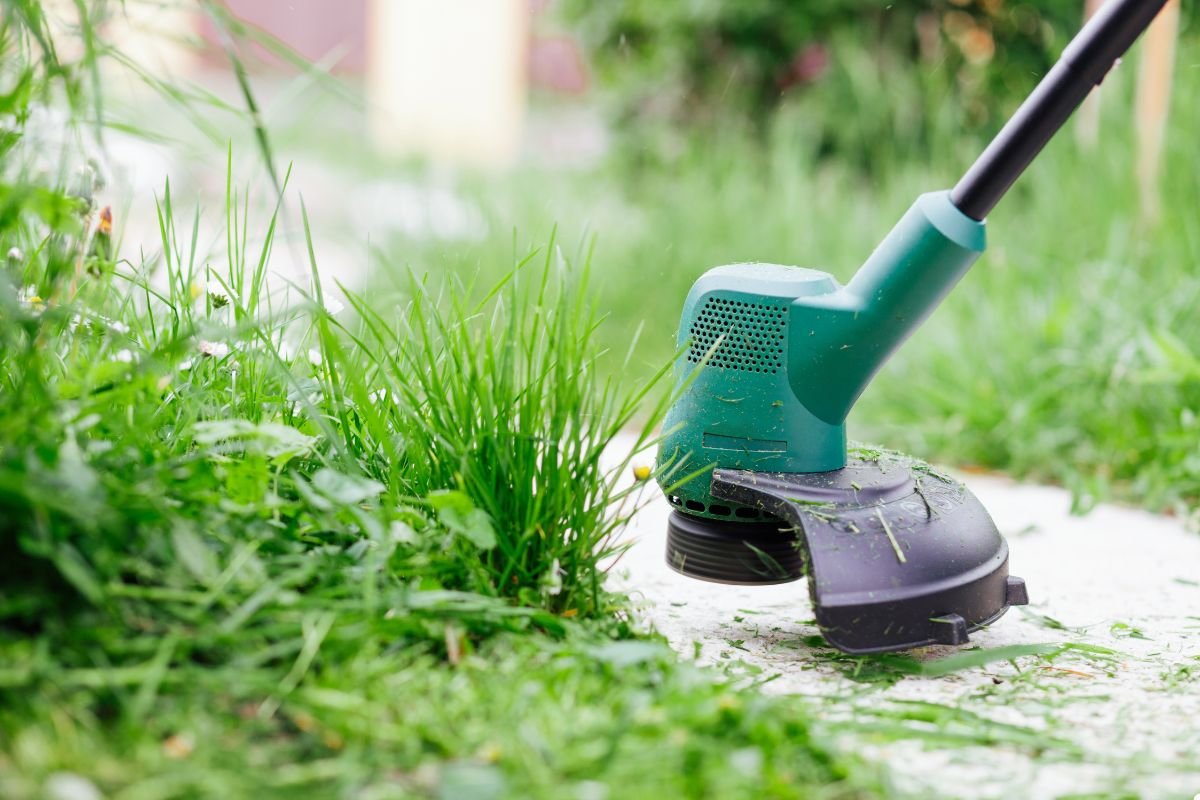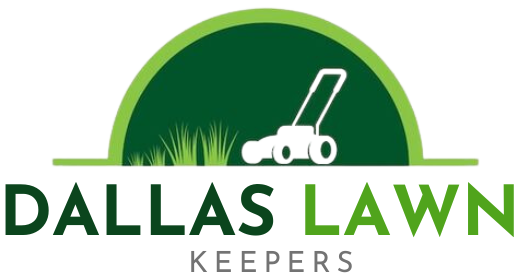
The 1/3 rule for lawn mowing states that you should never remove more than one-third of the grass blade’s height in a single mowing. Following this rule is the key to a healthier, greener, and more resilient lawn. Cutting your grass correctly, which is often overlooked, can significantly impact your lawn’s overall health. This comprehensive guide will explore the science, benefits, and practical application of the 1/3 rule, providing you with the knowledge to achieve the lawn of your dreams. For professional lawn care and advice, call us today! We’re here to help you achieve the perfect lawn.
What is the 1/3 Rule for Lawn Mowing?
The 1/3 rule is a simple yet effective guideline for lawn care that dictates you should only cut off the top third of your grass blades each time you mow. This practice avoids stressing the grass plant, promotes healthy growth, and contributes to a lush, vibrant lawn. Neglecting this rule can lead to a weaker, more susceptible lawn, prone to diseases and weed infestations. Understanding and adhering to the 1/3 rule is a cornerstone of proper lawn maintenance. For optimal results, consider our lawn treatment services to keep your lawn thriving and healthy all year round.

The Science Behind the 1/3 Rule
Benefits of Sticking to the 1/3 Rule
Following the 1/3 rule offers a multitude of benefits for your lawn:
- Healthier Lawn: By avoiding excessive stress, the grass remains strong and resilient, leading to a healthier overall lawn.
- Reduced Thatch: When you cut off too much grass, the clippings can contribute to thatch buildup. The 1/3 rule encourages faster decomposition of clippings, reducing thatch accumulation.
- Fewer Weeds: A dense, healthy lawn grown according to the 1/3 rule crowds out weeds, preventing them from germinating and taking over.
- Water Conservation: A well-maintained lawn with a healthy root system requires less water. The 1/3 rule promotes deeper root growth, increasing drought tolerance and reducing water consumption.
How to Apply the 1/3 Rule to Your Lawn
Implementing the 1/3 rule is straightforward:
- Determining Your Grass Type: Identify your grass type to understand its ideal mowing height. Different grass types thrive at different heights. Cool-season grasses like fescue and Kentucky bluegrass typically prefer a higher cut than warm-season grasses like Bermuda and Zoysia.
- Measuring Your Grass Height: Regularly measure your grass height to determine when it’s time to mow. Use a ruler or measuring tape to get an accurate reading.
- Adjusting Your Mower Height: Adjust your mower blades to the appropriate height based on your grass type and current grass height. Make sure your mower is set to cut off no more than 1/3 of the blade.
- Mowing Frequency: To maintain a healthy lawn, you should mow your lawn frequently enough to prevent the grass from growing too tall.
Choosing the Right Mower for the 1/3 Rule
Selecting the right mower can make a big difference in effectively following the 1/3 rule:
- Types of Mowers (Rotary, Reel, Robotic): Rotary mowers are the most common type, suitable for general lawn care. Reel mowers provide a cleaner cut and are ideal for shorter grass types. Robotic mowers offer convenience and can be programmed to mow frequently, adhering to the 1/3 rule with ease.
- Mower Maintenance Tips: Regular lawn mowing maintenance is crucial to ensure your mower operates at peak efficiency, providing a clean and even cut every time.
- Blade Sharpening: Sharpen your mower blades regularly to prevent tearing the grass, which can lead to stress and disease. Dull blades create jagged cuts that damage the grass plant.
Common Mistakes & Solutions
Even with the best intentions, mistakes can happen:
- Scalping the Lawn: Scalping occurs when you cut the grass too short, removing more than 1/3 of the blade. Raise your mower height and mow more frequently to avoid scalping.
- Uneven Cutting: Uneven cutting can be caused by dull mower blades or an uneven lawn surface. Sharpen your blades and level the lawn to ensure a consistent cut.
- Ignoring Grass Type: Failing to consider your grass type can lead to improper mowing practices. Research your grass type and adjust your mowing accordingly.
Adapting the 1/3 Rule for Different Seasons
The 1/3 rule is not a one-size-fits-all approach. Adjust your mowing practices based on the season:
- Spring Growth: During the spring, grass grows rapidly. Mow more frequently to keep up with the growth and maintain the 1/3 rule.
- Summer Heat: In the summer, raise your mowing height slightly to provide more shade for the soil and reduce water evaporation.
- Fall Preparation: As fall approaches, gradually lower your mowing height to prepare the grass for winter dormancy.
- Winter Dormancy: During winter dormancy, avoid mowing the lawn unless absolutely necessary.

Complementary Lawn Care Practices
The 1/3 rule is just one piece of the puzzle. Combine it with other essential lawn care practices for optimal results:
- Watering Strategies: Water deeply and infrequently to encourage deep root growth.
- Fertilization Techniques: Fertilize your lawn according to its specific needs, using a balanced fertilizer appropriate for your grass type.
- Aeration and Dethatching: Aerate and dethatch your lawn regularly to improve soil drainage and remove excess thatch buildup.
Embrace the 1/3 Rule for a Lush, Beautiful Lawn
By consistently applying the 1/3 rule and combining it with other sound lawn care practices, you can achieve a lush, beautiful lawn that is the envy of the neighborhood. The 1/3 rule is more than just a mowing guideline; it’s a philosophy of lawn care that prioritizes the health and well-being of your grass. Embrace the 1/3 rule, and watch your lawn thrive. By following the 1/3 rule, you can create a thriving lawn. Contact us today for expert lawn care and personalized tips to make your lawn the best it can be!
Frequently Asked Questions About the 1/3 Rule
Is the 1/3 rule applicable to all grass types?
Yes, the 1/3 rule is generally applicable to all grass types. However, the specific mowing height may vary depending on the grass type.
What happens if I accidentally cut off more than 1/3 of the grass blade?
If you accidentally cut off more than 1/3 of the grass blade, don’t panic. Simply adjust your mowing height for the next mowing and avoid making the same mistake again.
How often should I mow my lawn when following the 1/3 rule?
The mowing frequency depends on the growth rate of your grass. Mow frequently enough to prevent the grass from growing too tall and exceeding the 1/3 rule.
Does the 1/3 rule apply to newly seeded or sodded lawns?
Yes, the 1/3 rule applies to newly seeded or sodded lawns. However, wait until the grass is well-established before mowing for the first time.
Can I use a mulching mower with the 1/3 rule?
Yes, you can use a mulching mower with the 1/3 rule. Mulching mowers chop the grass clippings into fine pieces and return them to the soil as fertilizer. For expert lawn care and mulching services, call us today! Let us help you keep your lawn healthy and beautiful.
